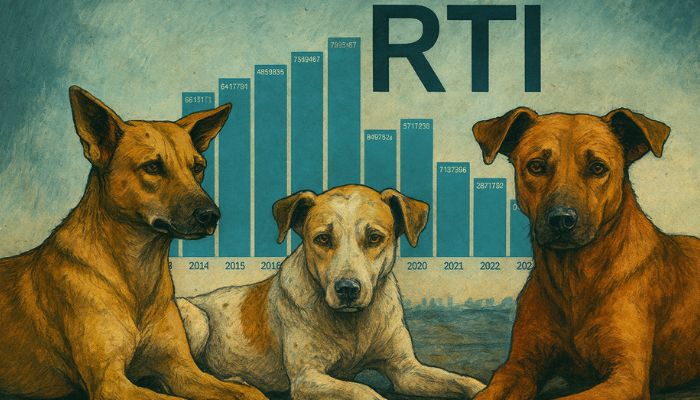By Bruce Japsen,Senior Contributor
Copyright forbes

Middle income Americans “as well as those with low incomes” will see “major out-of-pocket premium increases” if the Republican-led Congress doesn’t extend tax credits for those with individual coverage under the Affordable Care Act, according to a KFF analysis released Friday, Sept. 19, 2025. In this photo, US House Speaker Mike Johnson, a Republican from Louisiana, during a news conference at the US Capitol in Washington, DC, US, on Tuesday, March 11, 2025. Photographer: Al Drago/Bloomberg
© 2025 Bloomberg Finance LP
Middle income Americans “as well as those with low incomes” will see “major out-of-pocket premium increases” if the Republican-led Congress doesn’t extend tax credits for those with individual coverage under the Affordable Care Act, according to a new analysis.
Legislation passed by the U.S. House of Representatives Friday morning did not extend the enhanced tax credits. It awaited action in the U.S. Senate where Democrats say they have the votes to kill it.
The subsidies, or tax credits, make health insurance premiums more affordable for individuals and were enhanced by the Biden administration and the Democratic-controlled Congress, which passed the Inflation Reduction Act of 2022, allowing more Americans to buy coverage. The enhanced subsidies helped enrollment in the ACA’s individual coverage, also known as Obamacare, eclipse a record 24 million Americans and help its popularity hit all-time highs.
A new analysis from KFF released Friday says enrollees in “benchmark” plans who currently have the enhanced tax credits get significant reductions on their premiums. Take, for example, enrollees “earning over 400% of poverty ($106,600 for a family of three in 2026),” KFF cited in an example. These familes “will not spend more than 8.5% of their incomes on out-of-pocket premiums for benchmark plans.”
“Without the enhanced tax credits, these same enrollees will experience a “double whammy” in cost increases, not only losing all financial assistance available through the premium tax credits but also needing to cover the premium increases Marketplace insurers are planning for next year,” KFF said in its analysis.
MORE FOR YOU
Here are three examples cited in the report.
* A 27-year-old individual making $35,000 pays just $1,033 with enhanced tax credits but would face a 153% increase, or an additional $1,582, or $2,2615 a year withouth the enhanced tax credits.
* A 35-year-old couple making $30,000 a year that pays nothing in premiums would pay $1,107 annually without the enhanced tax credits, KFF said.
* A 49-year-old couple with a 19-year-old child making $90,000 pays $6,246 annually in premiums with the enhanced tax credits but would pay 44% more, or another $2,718, or $8,964 next year without the enhanced tax credits, KFF said.
KFF’s report included a premium calculator that allows Obamacare enrollees to see just how much their costs will increase should the tax credits expire. That link is here:
Health insurance executives have been sounding the alarm of potential 2026 rate increases in recent weeks.
“Our initial rate filings already reflected program integrity changes and expiration of enhanced premium tax credits,” Oscar Health Chief Executive Officer Mark Bertolini told analysts last month during the company’s second quarter earnings call. “We expect the market will have double-digit rate increases next year.”
To be sure, health insurance companies like Oscar are already calculating big premium increases should Congress not extend the tax credits. Oscar is one of the nation’s largest providers of individual coverage with more than 2 million customers.
Rival insurers, including Centene, Cigna, UnitedHealth Group’s UnitedHealthcare and an array of Blue Cross and Blue Shield plans are also expected to raise premiums for individual policy holders substantially if the enhanced subsidies go away.
America’s Health Insurance Plans, the lobby and trade group for health insurers, has said “middle-income individuals and families could see average premium increases of 75% or more than $700 per person.”
Health insurers say Congress must act before Sept. 30 given the time needed to finalize coverage options ahead of the beginning of open enrollment — the annual period of time Americans can select new benefits for the following year — which begins Nov. 1.
Editorial StandardsReprints & Permissions



